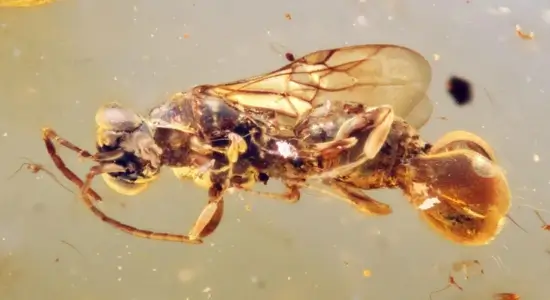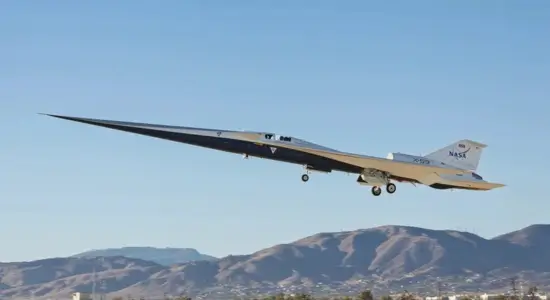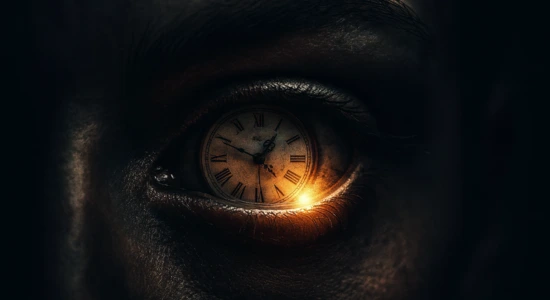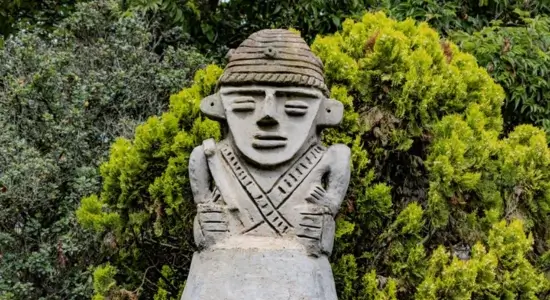A 99-Million-Year-Old Wasp With A Built-In Venus Flytrap? Science Just Got Weirder
We already knew the mid-Cretaceous was a wild time—dinosaurs roamed the Earth, Antarctica was a lush rainforest, and life was downright bizarre. But just when you think you’ve wrapped your head around it all, scientists go and uncover something even crazier: a wasp preserved in amber, sporting what can only be described as a built-in Venus flytrap.

Yes, you read that right. This ancient parasitic wasp had a freaky little contraption attached to its waist, seemingly designed to snatch unsuspecting victims. And even the researchers who discovered it were left scratching their heads. ????
Meet Sirenobethylus charybdis – The Wasp With A Death Grip
This nightmare fuel of an insect belonged to an extinct lineage of parasitic wasps, and there’s really nothing else like it. Scientists named it Sirenobethylus charybdis, after the Greek sea monster Charybdis, which had a habit of swallowing and spewing out water. Fitting, considering this wasp was doing its own catch-and-release—just not with water.
Instead, it used its flytrap-like waist to grab onto other insects long enough to lay its eggs inside them. And what exactly was it targeting?
“There was not much point in evolving this elaborate device if it was targeting slow-moving caterpillars,” said Dr. Lars Vilhelmsen from the Natural History Museum of Denmark.

Instead, scientists believe it was after something much quicker—perhaps a flying or jumping insect, like a cicada. That means this wasp wasn’t just creepy, but also highly efficient.
A Shocking Discovery
Even the experts were baffled when they first examined the amber fossils. Dr. Vilhelmsen admitted that he initially thought he was looking at an air bubble trapped near the wasp’s abdomen (a common sight in amber fossils). But after studying more specimens, he realized:
“This is real.” ????
The team had 14 specimens to work with, all belonging to the same extinct group of parasitic wasps. While its “flytrap” wasn’t an actual plant, it functioned in much the same way—snapping shut on its victims. This fossil discovery adds a new chapter to the book of bizarre survival strategies, proving that parasitic wasps were getting creative way earlier than we thought.
Ancient Wasps Were Smarter Than We Imagined
“In modern carnivorous insects, various host-capturing mechanisms have evolved,” explained Dr. Taiping Gao of Capital Normal University. “However, fossil evidence of potential prey capture strategies in parasitoid wasps remains scarce.”
Stories about interesting discoveries
- Scientists Tweaked A Key Gene—And Gave Chickens More Dinosaur-Like Feathers
- The FDA has announced the beginning of reducing suffering in laboratory animals.
Weaponized wasps with built-in traps? No thanks, Cretaceous. You can keep that nightmare to yourself. ????
The study is published in BMC Biology
ref : iflscience






